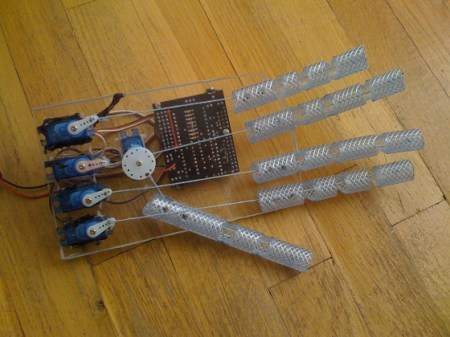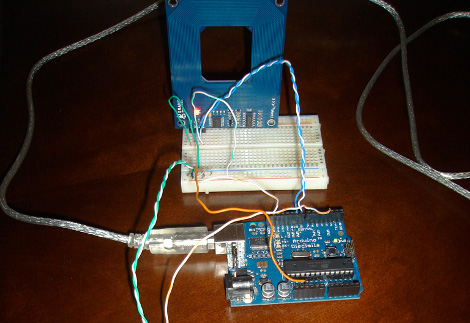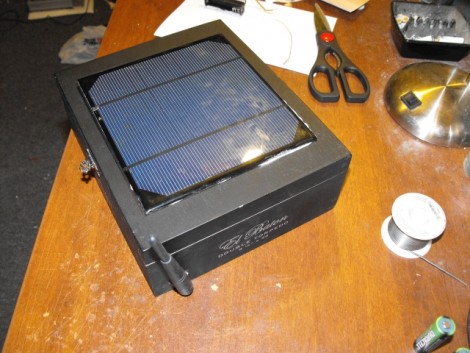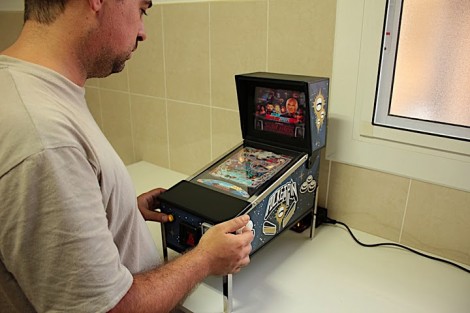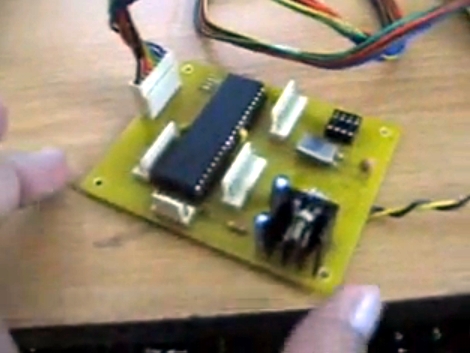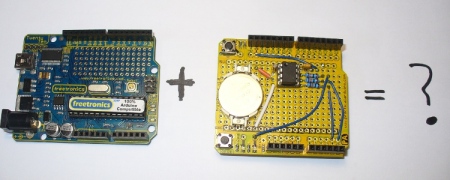
[John Boxall] finds himself doing a fair amount of projects that require a realtime clock. He does fast and frequent prototyping, usually using the Freetronics twentyten which is an Arduino alternative that boasts a few features like a nice prototyping area, edge visible LEDs, and Mini USB. What is lacking, however, is a real-time clock. Instead of making another shield type system, he just wanted to permanently add this feature to his board. He shares the whole process is photographed and explained quite well for anyone who would want to follow along.

